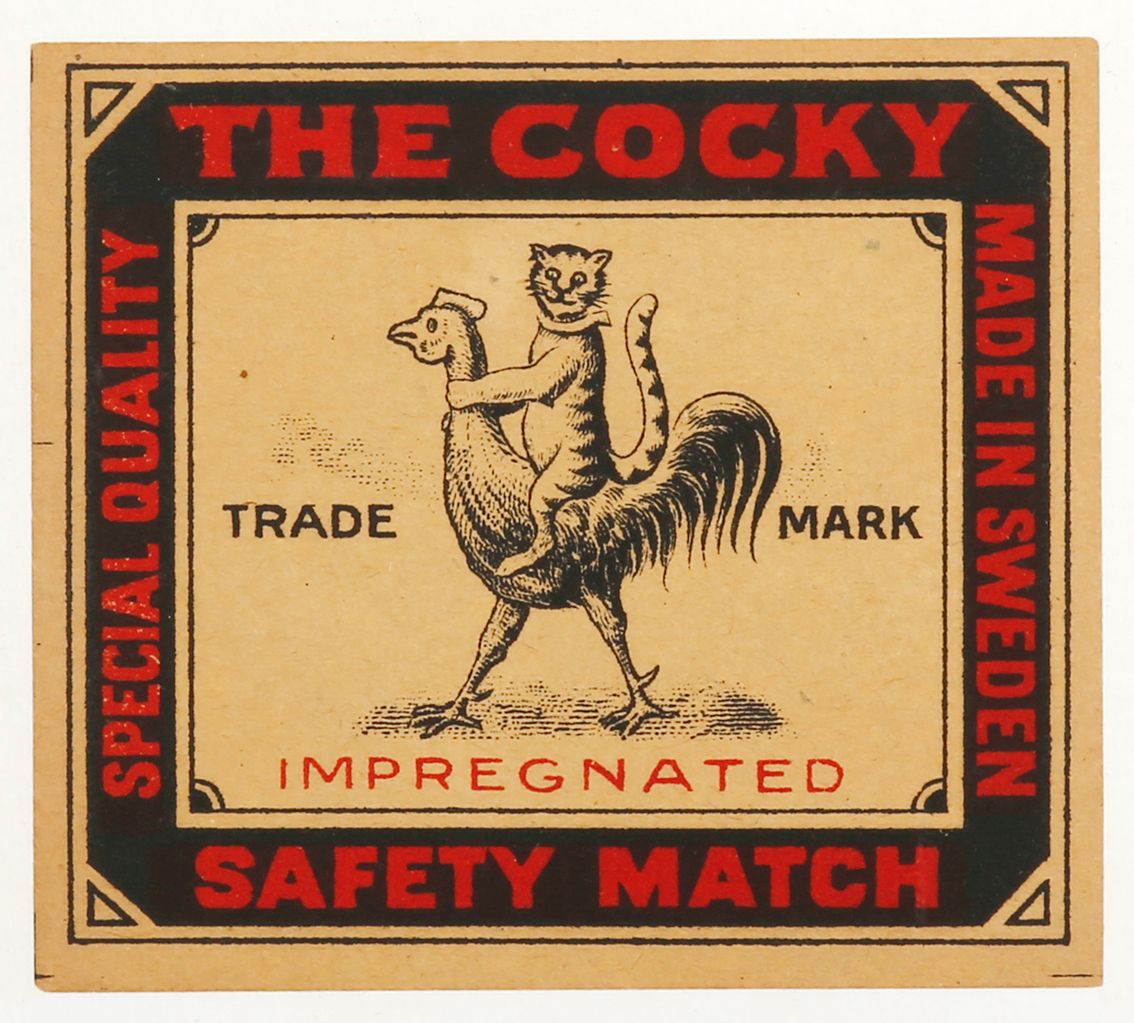We surround ourselves with many kinds of objects in our busy everyday life. There are some that are necessary, some with great memories attached to them, and some that we pile up like collections, as a hobby. Just like Australian Nicholas Kissajukian, who collects matchbox labels for a hobby.
Nicholas Kissajukian started to immerse in the world of phillumeny, the hobby of collecting different match-related items five years ago, after he stumbled across an antiques auction offering a matchbox label collection. His collection now features more than 200 matchbox labels, forming part of the selection of his family business,Antique Print & Map Room, which is the largest specialist dealer of rare antique maps and prints in Australia.
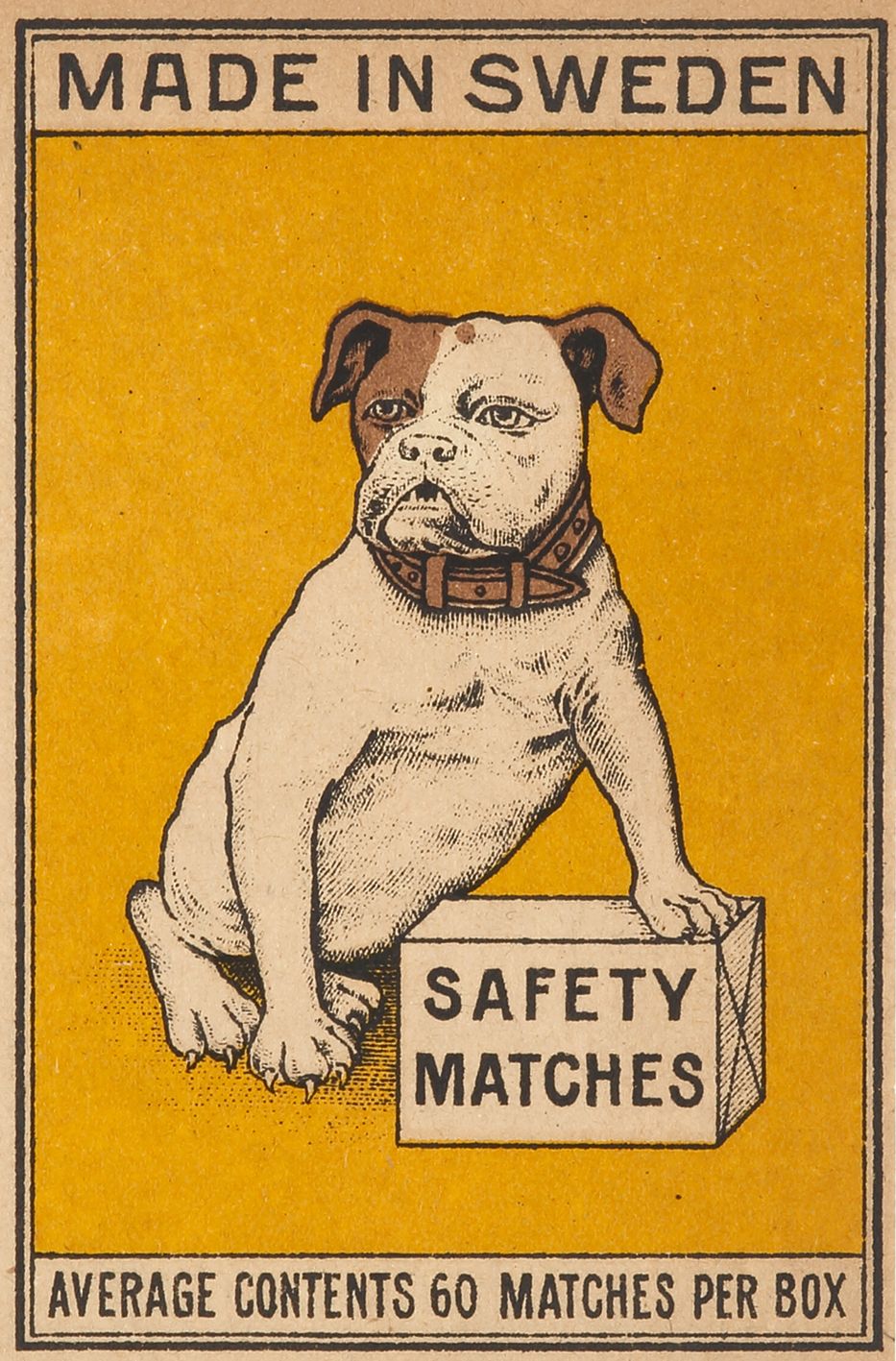
“I was originally drawn to matchbox labels because of their striking imagery and typography, but their history is also fascinating. One can find references to nearly all cultures, genres and themes on them: they exhibited images of the exotic and unknown, cultural and religious themes, thus offering insights into a country’s attitude and even political messages. With the massive increase of matchbox production and its use throughout the world, the labels became more important than the product, as all matches were more or less the same, which also led to advancements in graphic design. Matchbox labels propagated throughout the world due to the world wars and so they are intertwined with all aspects of human culture” – Nicholas highlighted.
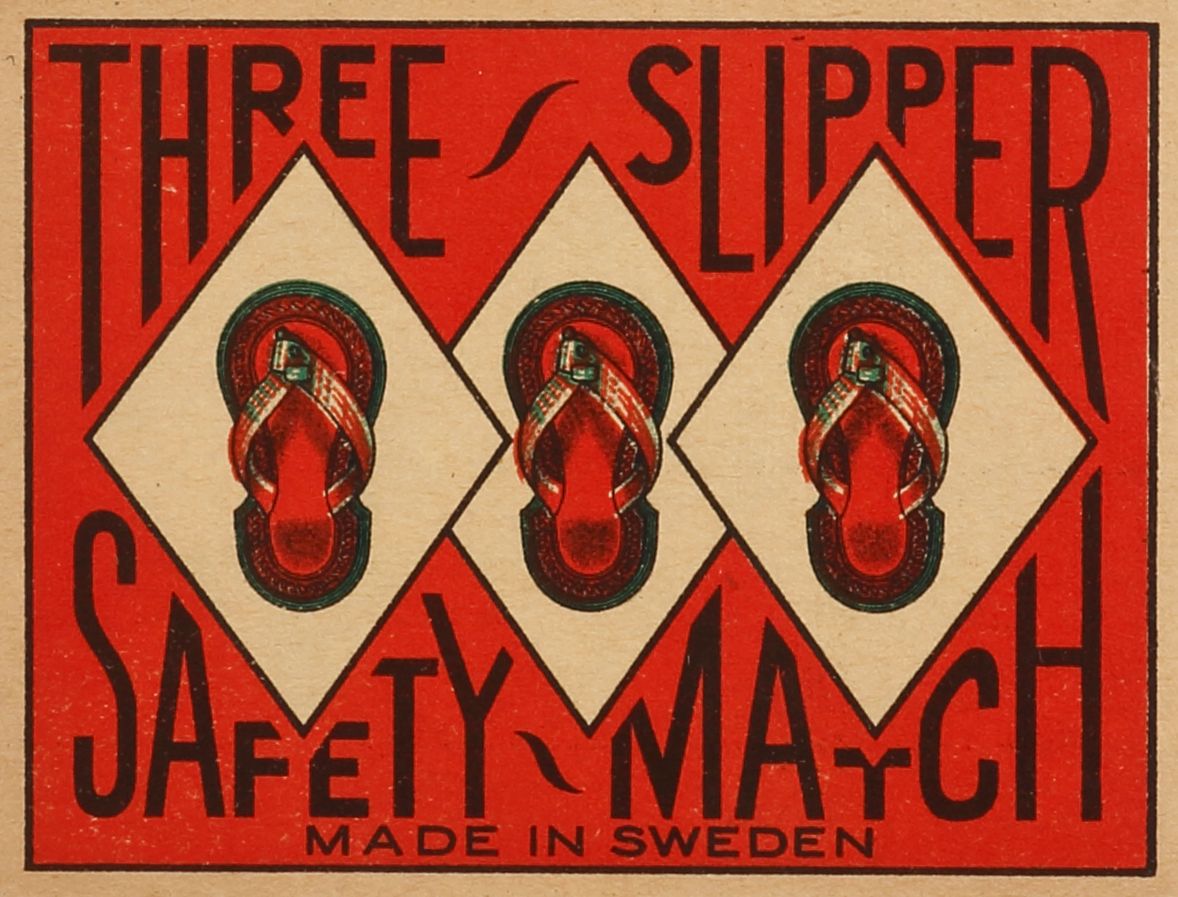
Nicholas selects the matchbox labels based on their rarity, appeal, subject matter and manufacturer. His favorites include the labels that also affect his imagination: for example the box with the sign The Cocky on it, which becomes eye-catching merely due to the scene depicted. At other times, it is the combination of imagery and cultural symbols that make the given labels interesting.
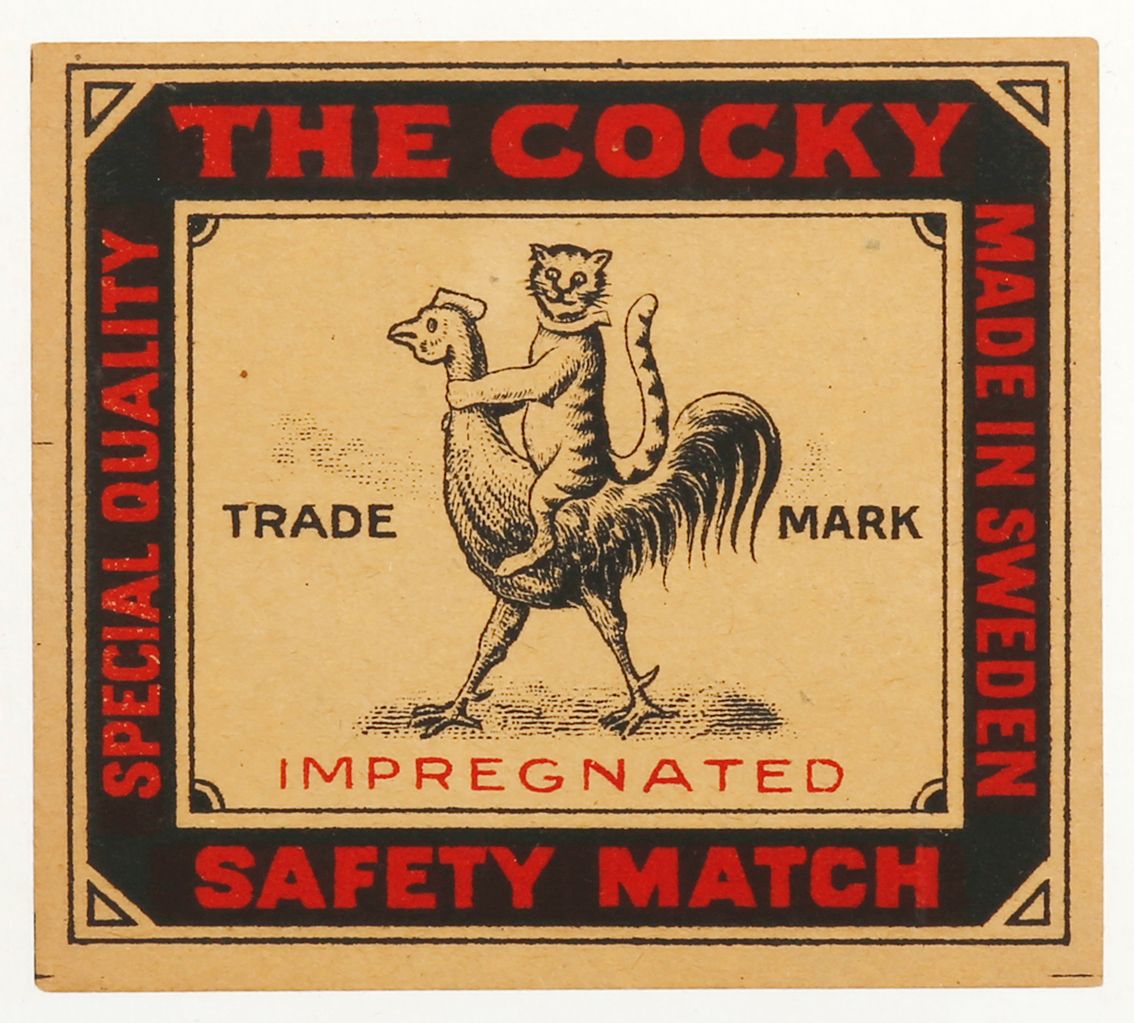

“The Three Fishes to me is an amazing design and skillful execution of production: the fish have wonderful shading and detailed lines, and each is shown in a slightly different position. Coupled with simple lines in the background, the scene is able to create the feeling of the movement of water. There is also an ancient mythological, theological and philosophical significance of the number three” – Nicholas explained.
Another of his favorites is the Indian matchbox label portraying a sunflower, which later also became the part of another label design as a matchbox label of a matchbox with a matchbox label.
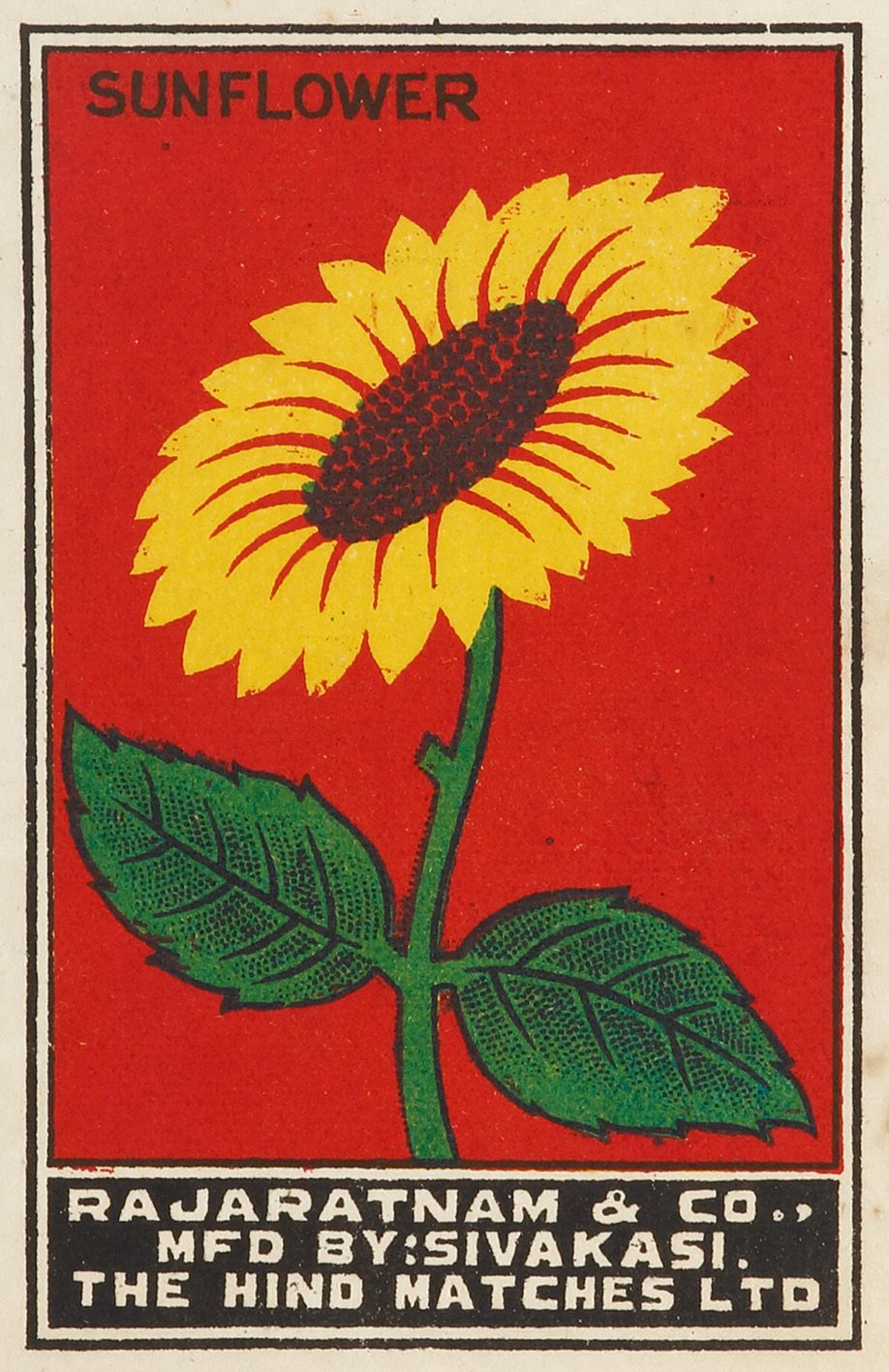
Nicholas also highlighted the importance of Swedish matchbox manufacturing, as what we know as the safety match today was invented by Swedish scientist Gustav Erik Pasch amongst others. The invention allowed matchboxes to become a staple household item and Sweden became the primary manufacturer of matchboxes: the Scandinavian country held somewhat of a worldwide monopoly on the production of matchboxes between 1850 and 1940. From the 1920s on, Swedish manufacturing was relocated to India, as a result of which the Indian matchbox industry also started to grow. Nicholas also added that in addition to Sweden and India, Japan also has a rich and interesting history with matchbox label design – it is owing to these historical reasons and the execution, graphics and manufacturing quality represented by Swedish labels that we get to see the sign “Made in Sweden” a lot in his collection.
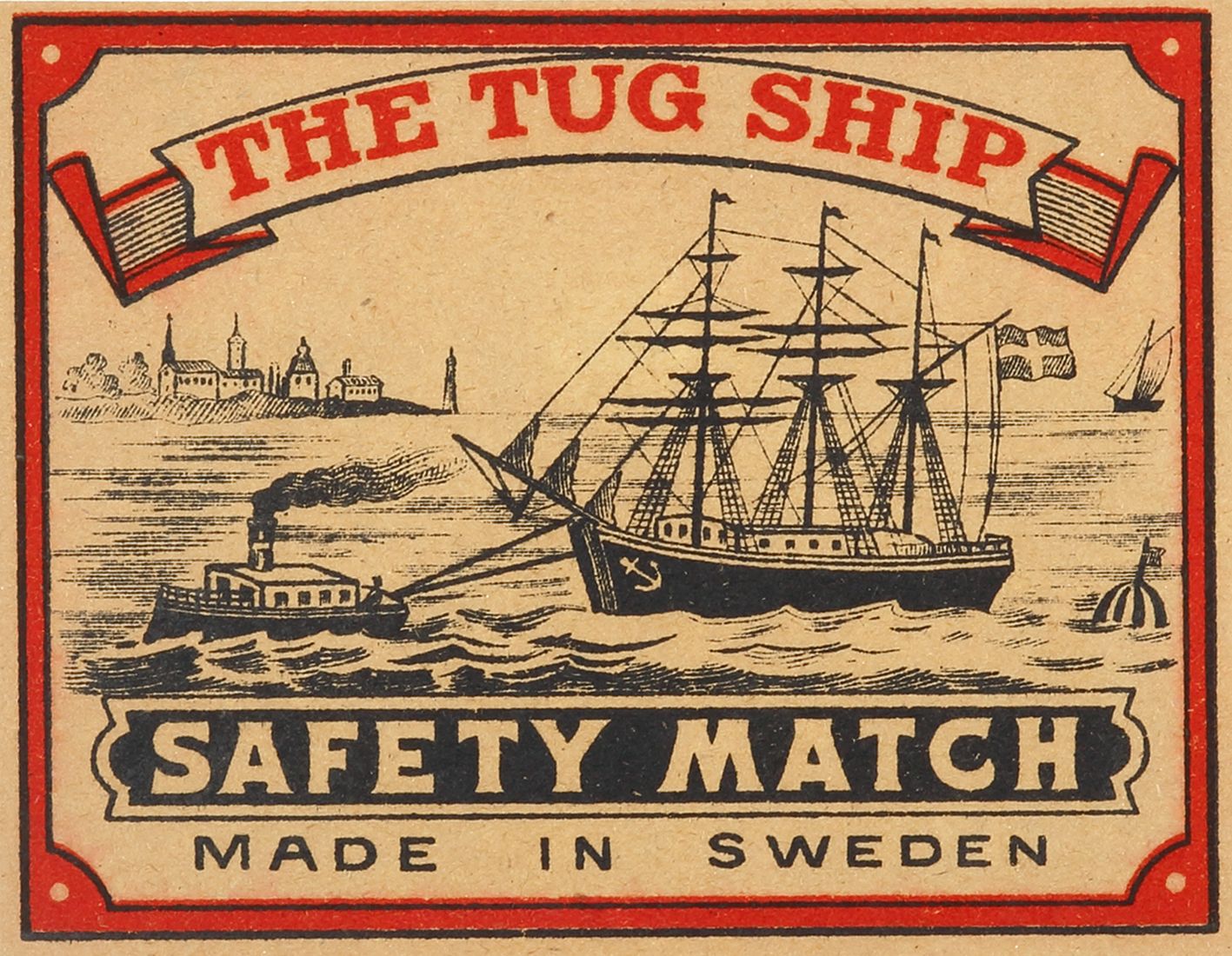
“Phillumeny is a niche hobby, but there is definitely a core group of people who love to collect matchbox labels, which I believe will grow as more people become aware of the existence of this artform. Antique and vintage posters have always been popular because of their use of color, design and cultural significance; matchbox labels have these same attributes but at a much more approachable price point” – Nicholas highlighted.
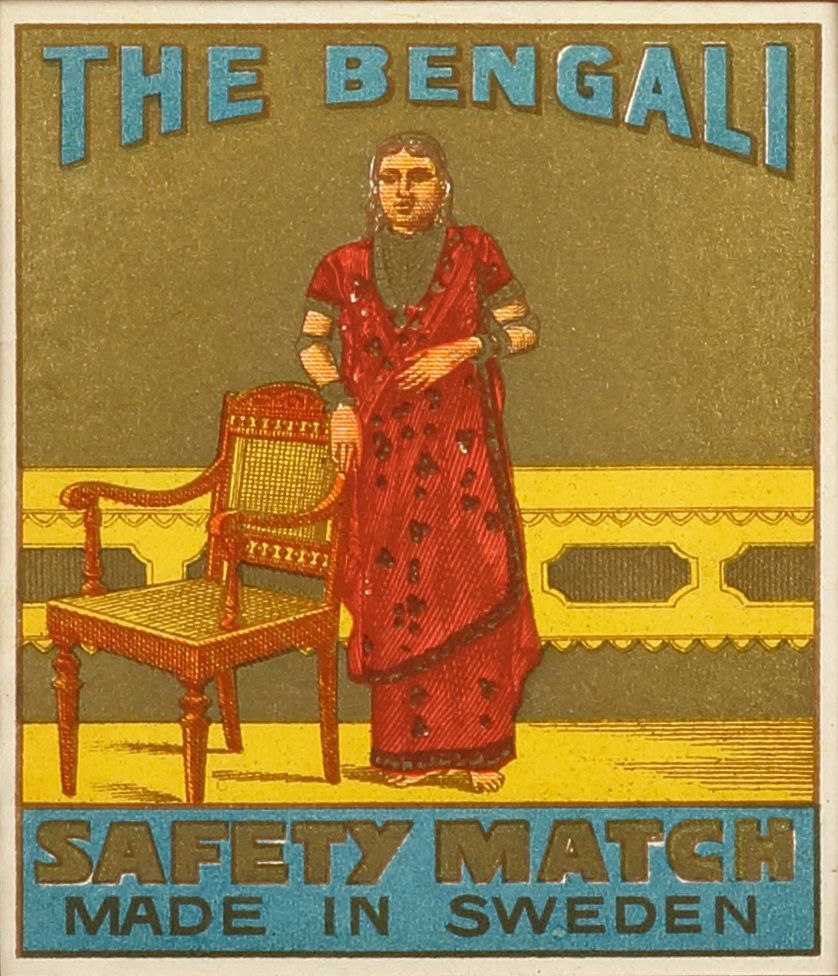
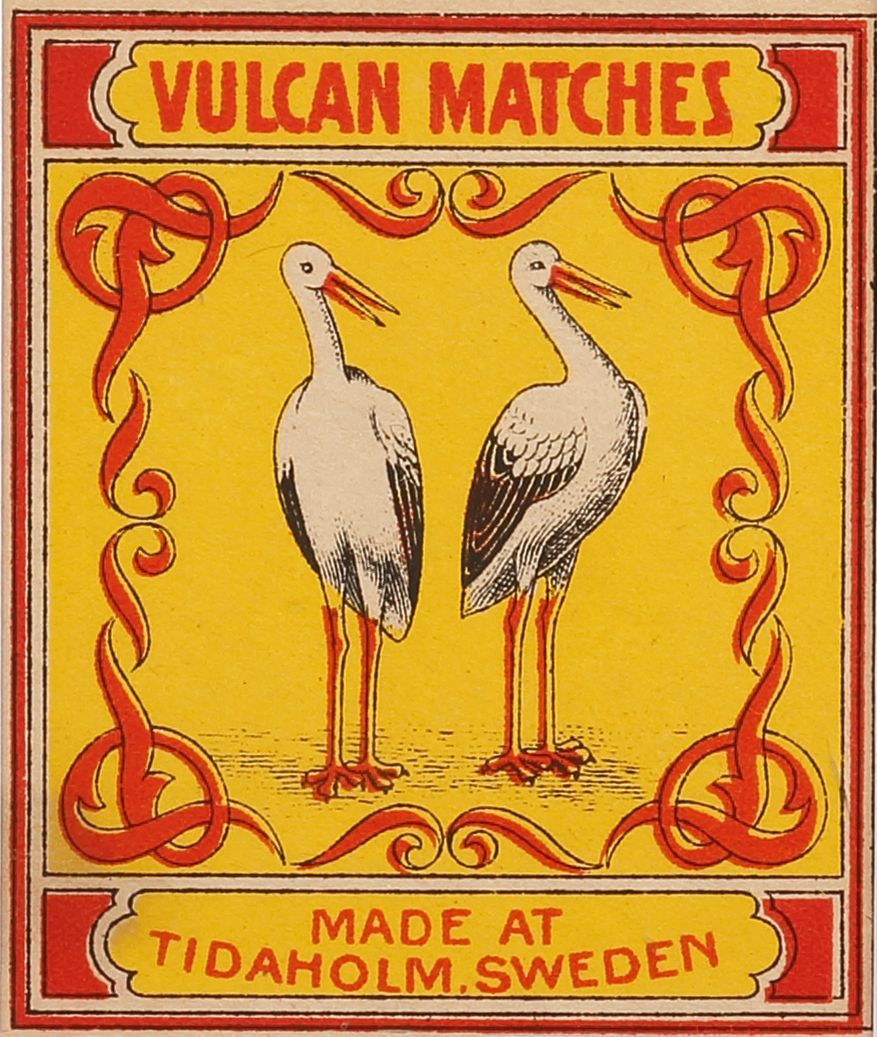
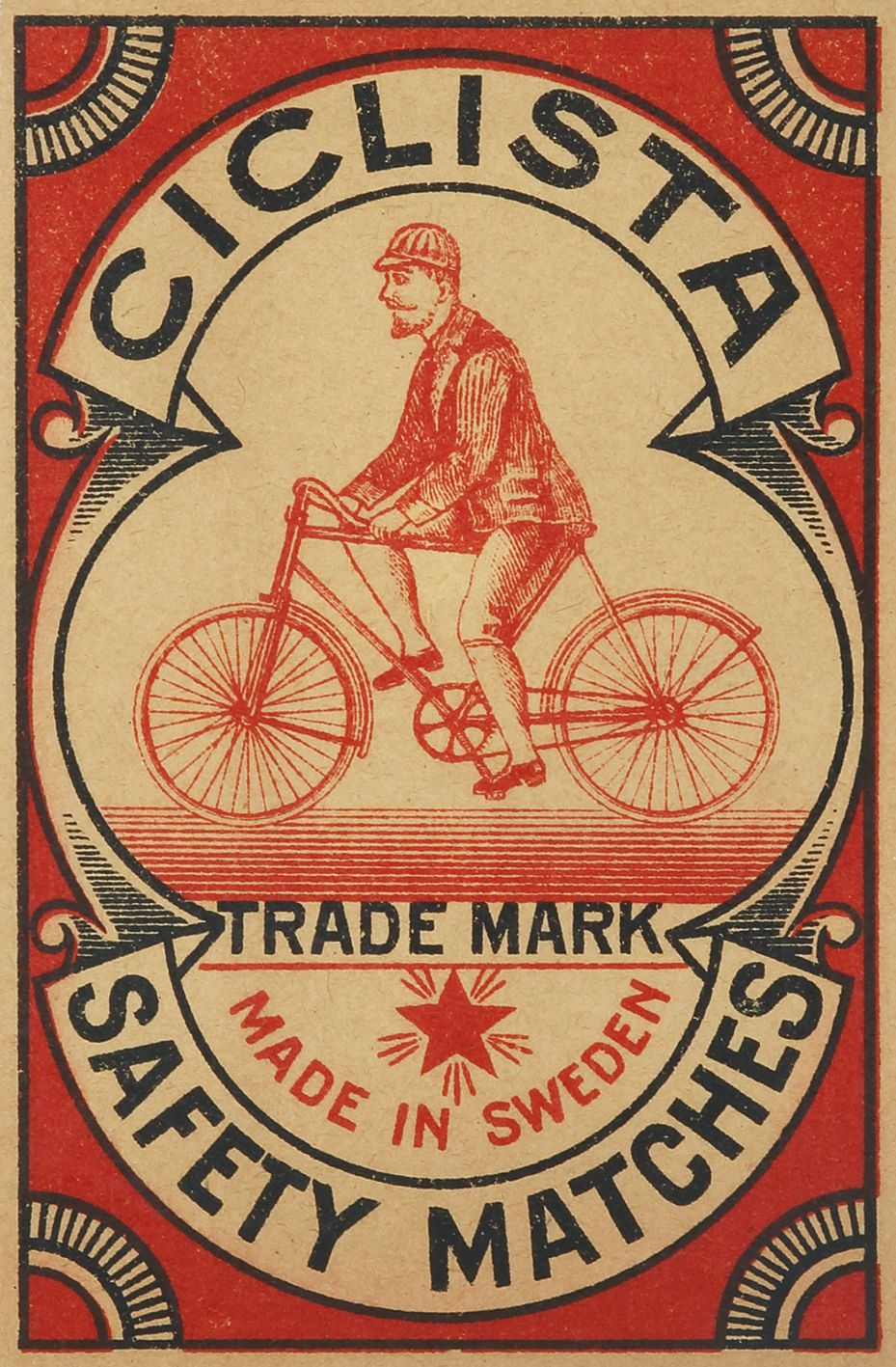
If we got you in the mood for matchbox labels, go and take a look around Antique Print and Map Room’s online store or the Instagram page of the collection!
Phillumeny | Instagram
Antique Print & Map Room | Web | Facebook | Instagram
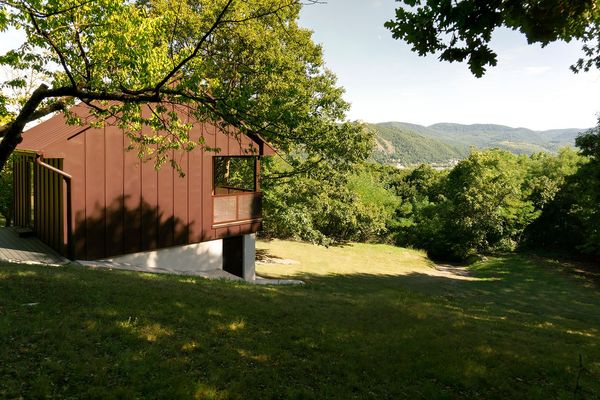
Weekend house romance reinvented | Studio Bunyik
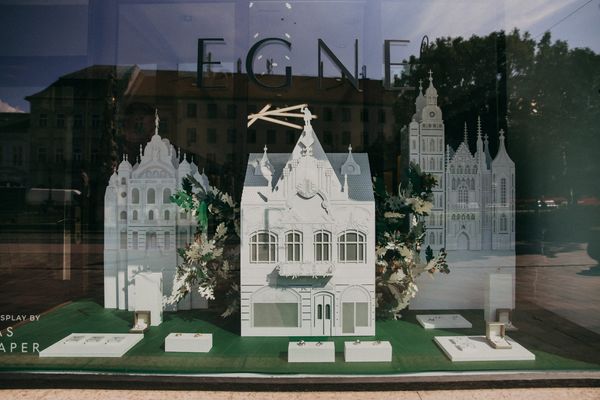
Edinas paper’s creations on the main street of Košice










